Egyptian Mythology
-

Hapi, also known as Hep, Hap, or Hapy, was a revered deity associated with water and fertility in Ancient Egypt. His name is believed to have originally referred to the Nile in predynastic times. By the Dynastic era, the Nile was commonly known as “iterw” or “the river,” a term that later came to be…
-
Anhur, also known as Onuris in Greek, is an ancient Egyptian deity associated with warfare and hunting. Hailing from This, located in the Thinite region close to Abydos, he was a protector and defender of his father, Ra, the sun god, earning him the moniker “slayer of enemies.” Anhur played a crucial role in safeguarding…
-
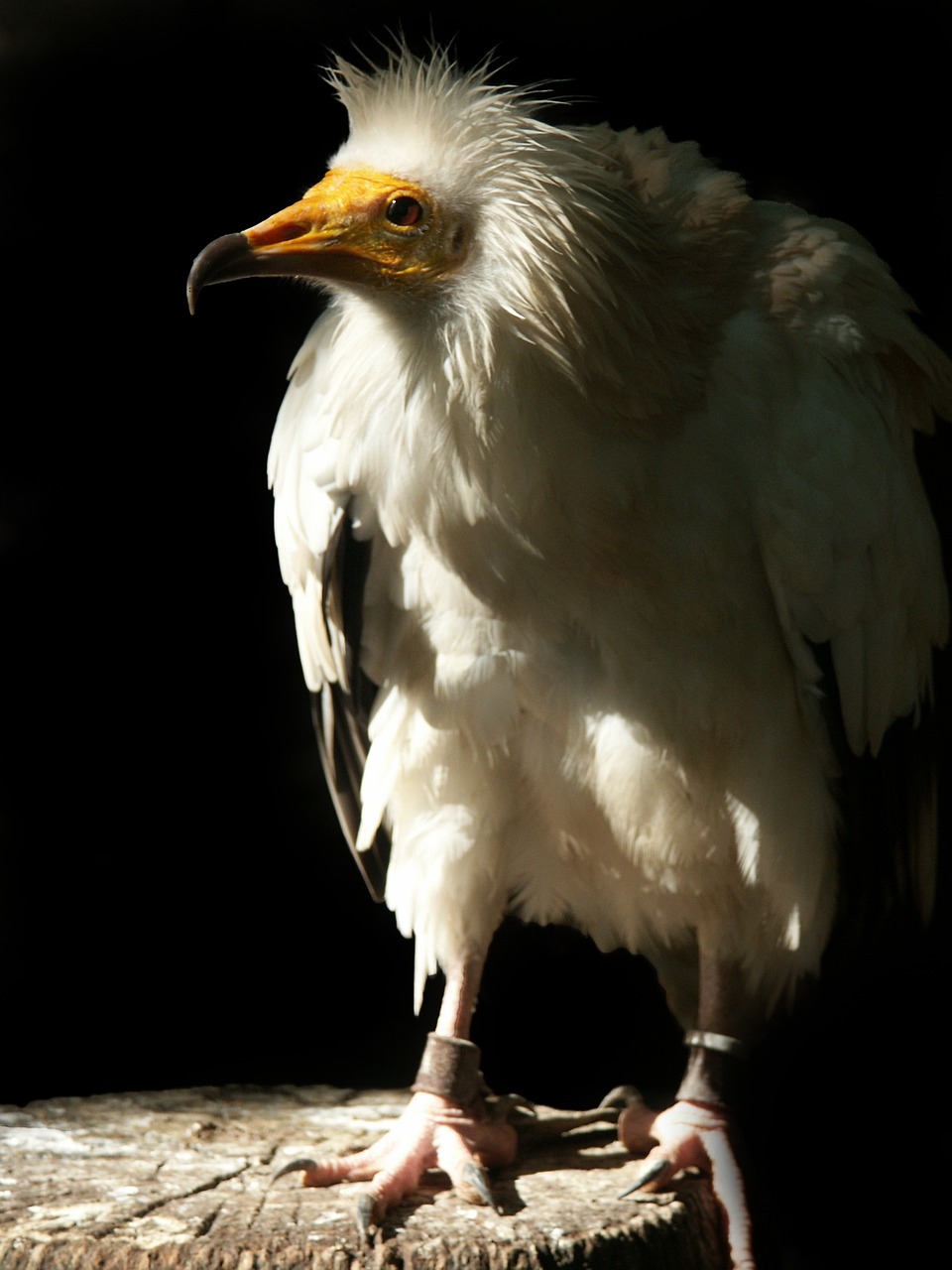
Key Aspects of Ancient Egyptian Religion Ancient Egyptian religion, which dates back to predynastic times around the 4th millennium BCE and continued until the decline of traditional culture in the early centuries CE, encompasses a complex set of beliefs and practices that were deeply embedded in Egyptian society. Although many aspects of these beliefs likely…
-
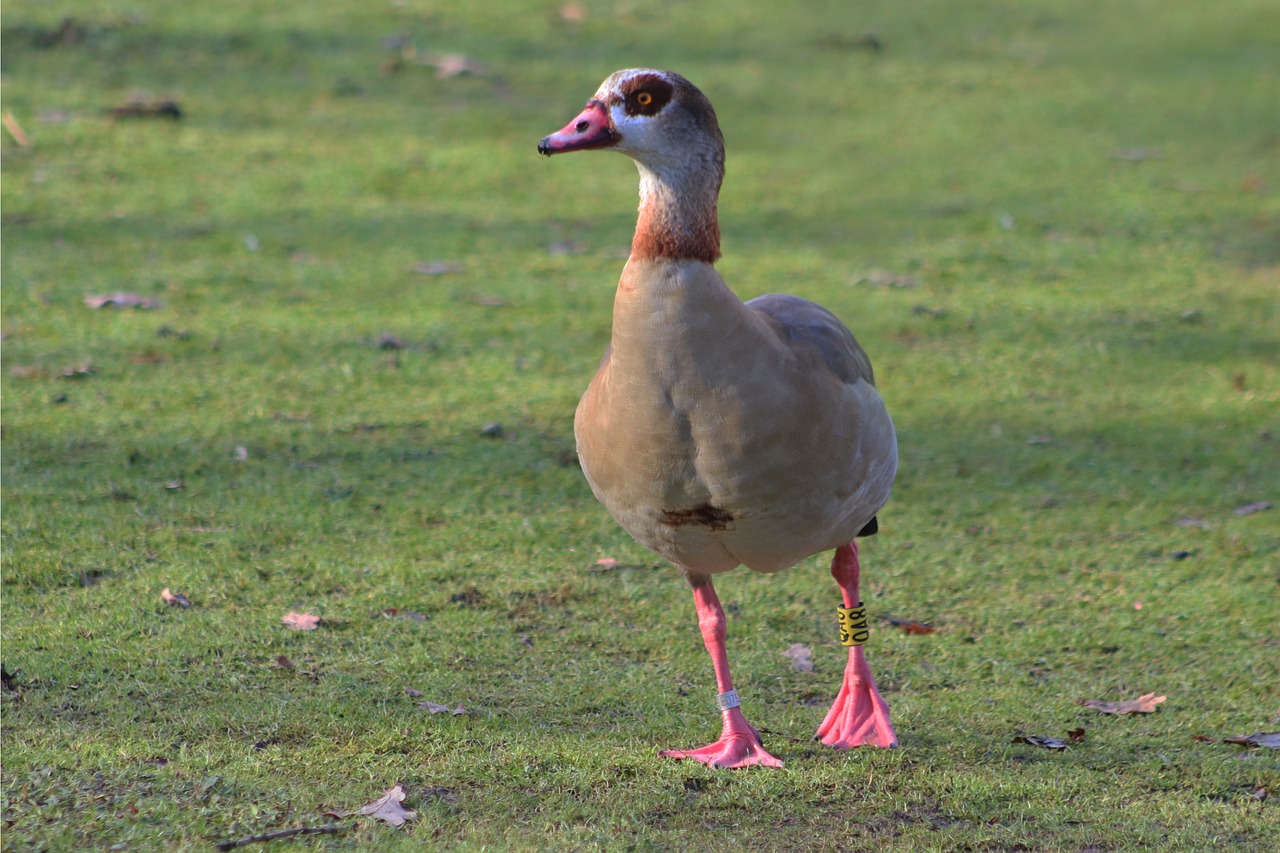
Ancient Egyptian religion encompasses a wide range of indigenous beliefs that emerged in Egypt from the predynastic era (around the 4th millennium BCE) until the gradual decline of traditional culture in the early centuries CE. Understanding its historical context and timeline is essential to grasp how deeply intertwined these religious beliefs were with the fabric…
-
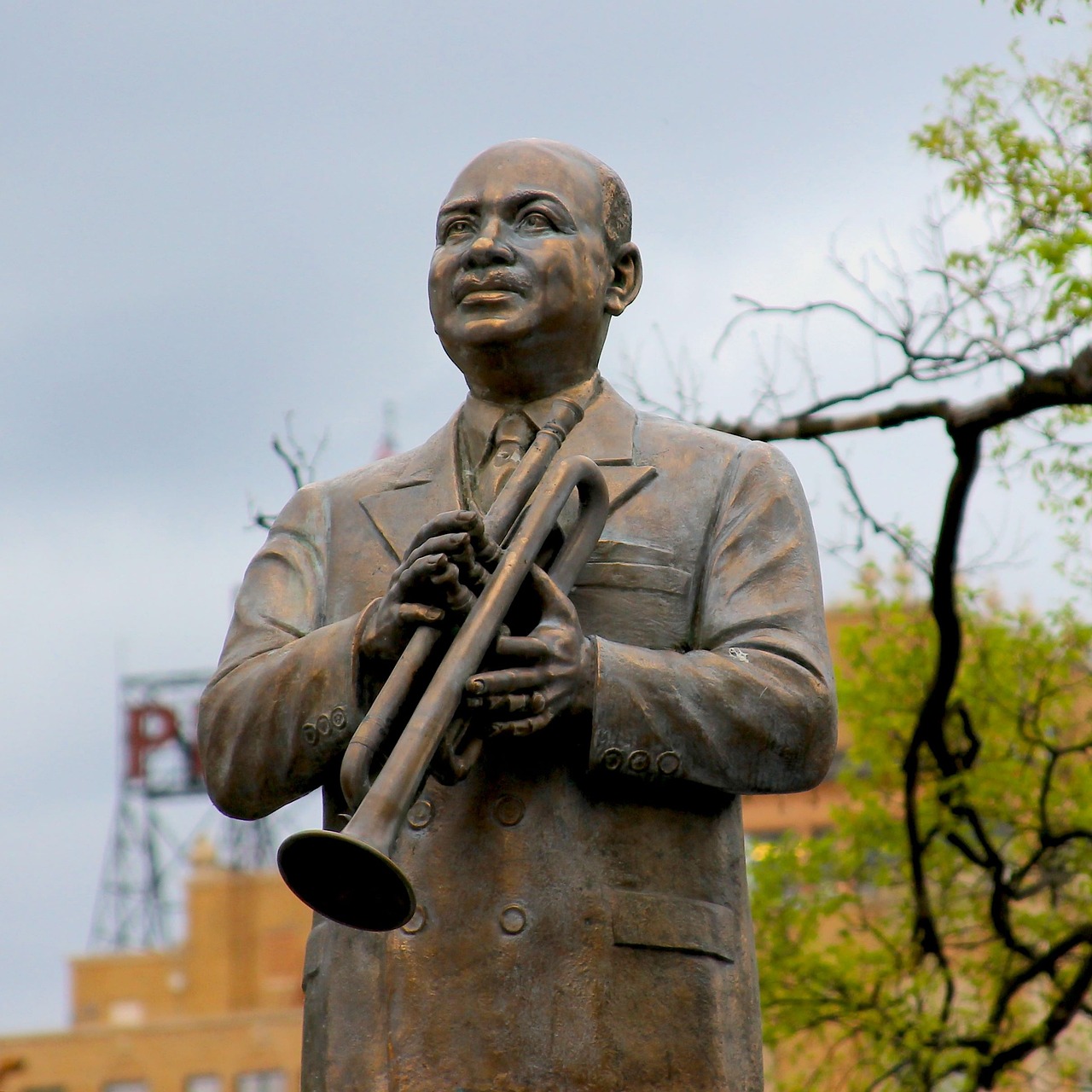
Memphis, known as a capital of ancient Egypt, holds a significant place in the landscape of Egyptian history. Located approximately 15 miles (24 km) south of present-day Cairo, it rests on the west bank of the Nile River delta. The city is intrinsically linked with the surrounding necropolises, which are home to some of Egypt’s…
-
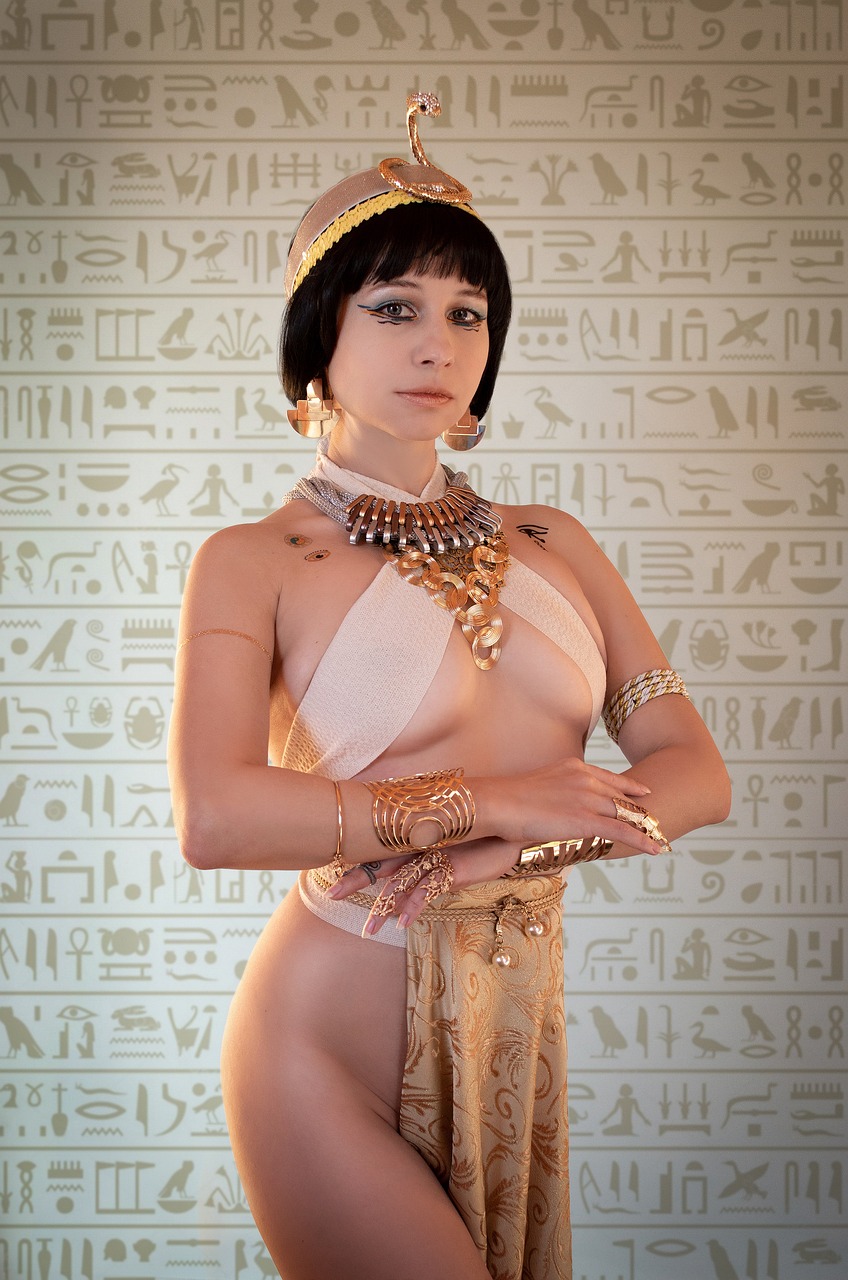
Unveiling the Mystique of Mut: The Egyptian Goddess Mut, a prominent deity in ancient Egyptian mythology, is renowned as the divine Mother Goddess and the protector of the sky. Often illustrated adorned with the Royal Vulture Crown, which consists of a headdress featuring vulture or falcon feathers, Mut symbolized maternal care and protection. The ancient…
-
Mafdet: The Lioness Goddess of Justice in Ancient Egypt Mafdet, the revered lion-headed deity of ancient Egypt, symbolizes justice, judgment, and execution. Recognized for her fierce nature, she dominated over snakes and scorpions, embodying a protective force against these venomous creatures. As possibly the first among the revered Cat Goddesses, Mafdet predates notable figures like…
-
Seshat, revered as the Egyptian goddess associated with writing, bears names such as Sefkhet-Abwy and Seshet. Her designation translates to “female scribe,” and artistic representations showcase her as a woman adorned in a leopard-skin garment, complete with a headdress featuring a seven-pointed star framed by a crescent shaped like a bow. This visual symbolism reflects…
-
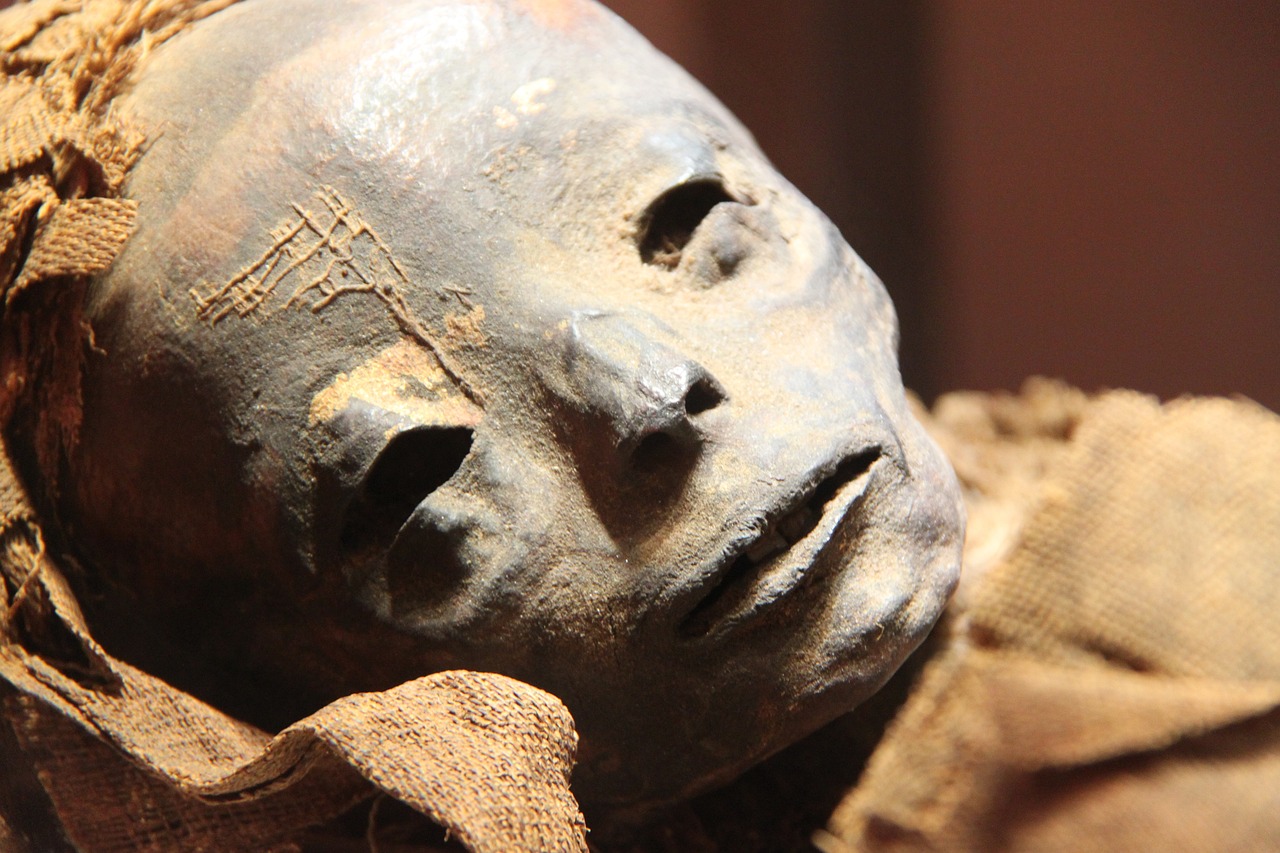
Overview of Ancient Egyptian Religion Definition and Historical Context Ancient Egyptian religion encompasses the indigenous beliefs that evolved in Egypt from the predynastic era (4th millennium BCE) through to the decline of traditional practices in the early centuries CE. For a detailed historical timeline, one might refer to the broader narrative of ancient Egyptian history.…
-
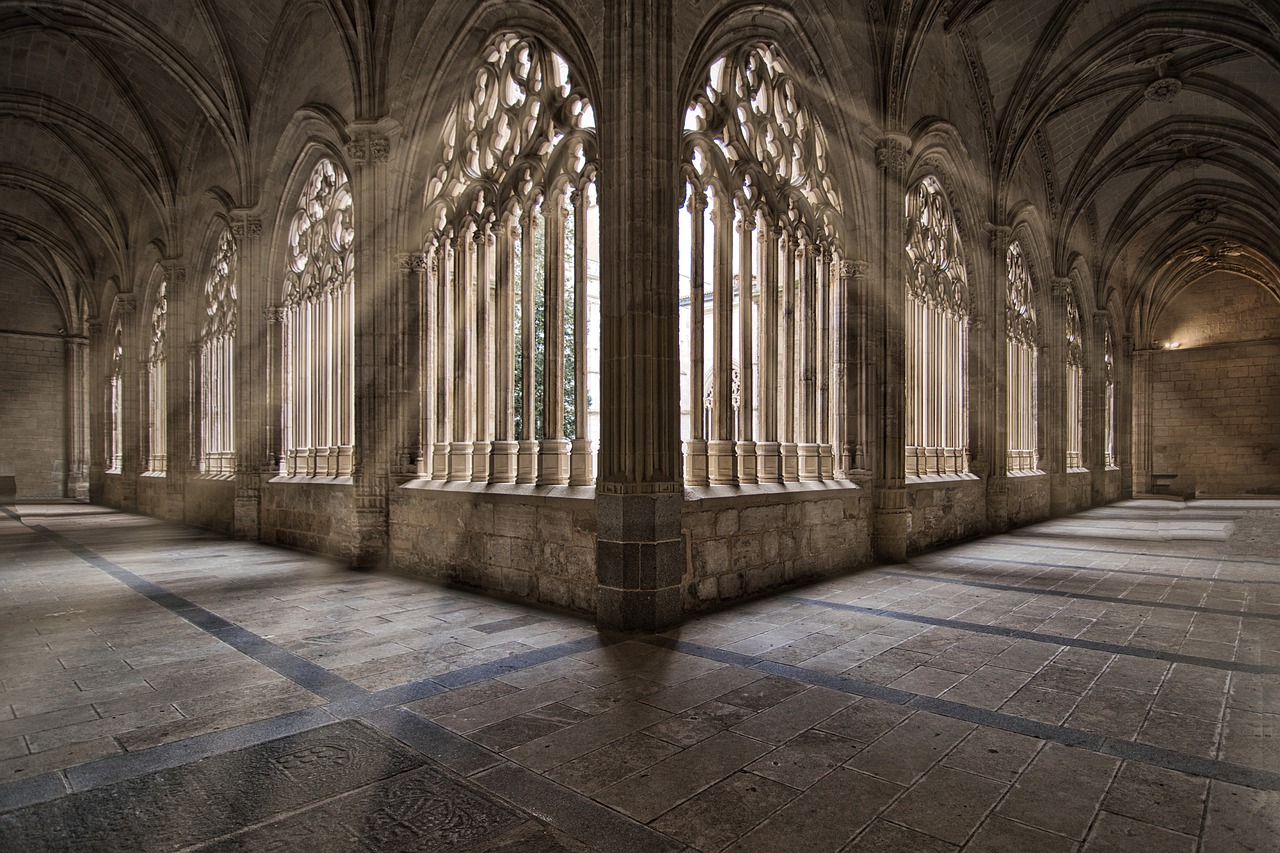
Ancient Egyptian architecture encompasses the remarkable constructions primarily established during the dynastic periods spanning the first three millennia BCE within the Nile Valley’s realms of Egypt and Nubia. This architecture, akin to representational art forms, was designed to uphold specific structures and conventions believed to exemplify the ideal state of existence from the moment of…


